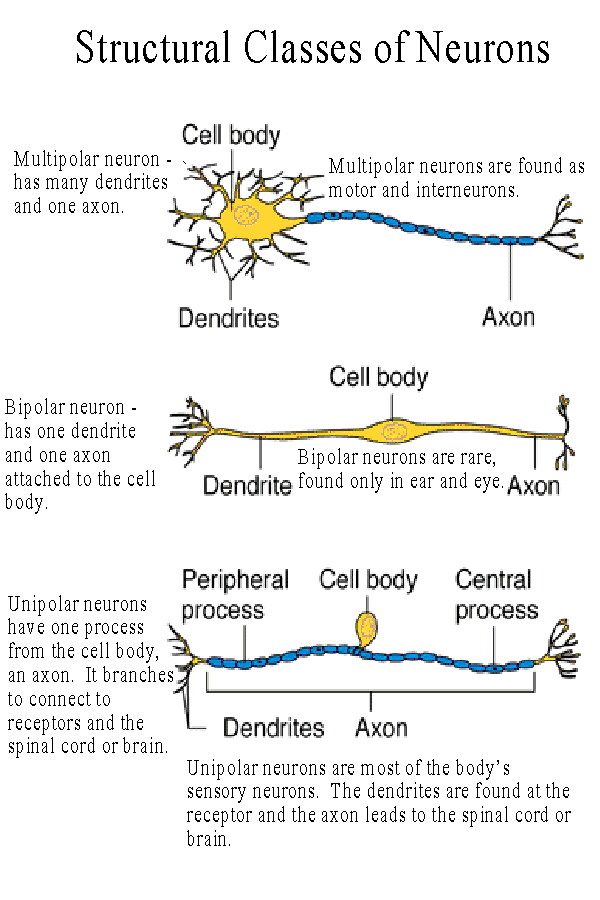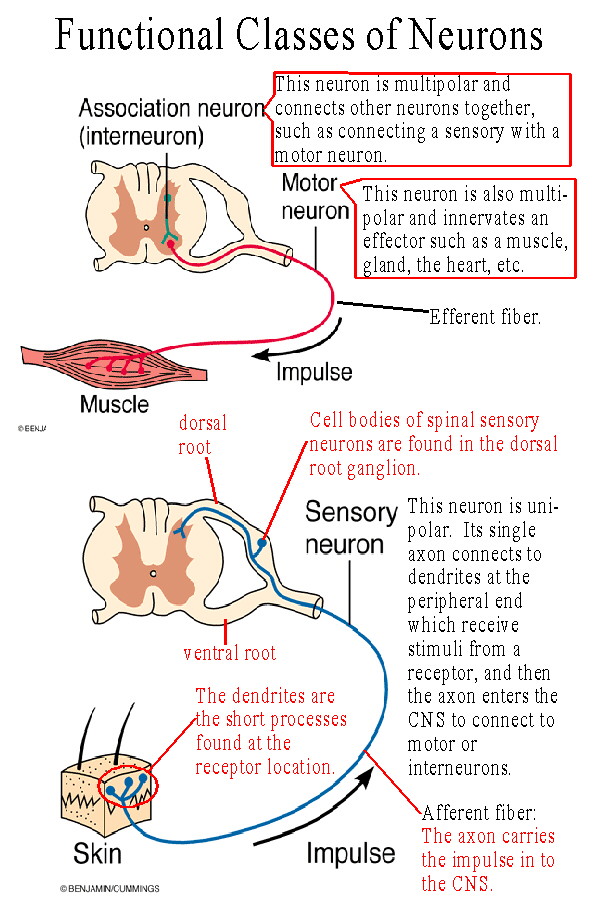"The Cove" Worksheet Answers
1. The main “defender” of dolphins is Ric O'Barry.
3. He become so involved with trying to save dophins because he is a dolphin trainer who has witnessed a suicide of a dolphin.
5. Dolphins are cetacean mammals.
7. The small islands in the Caribbean support whaling because Japan is supporting them financially.
9. Once the dolphins are trapped, what happens is that they are pierced with spears by fishermen, and bleed to death.
11. The main point of this movie is to inform the audience about the inhumane fishing practices In Japan and the hazards of eating the meat of the dolphins.
13. Biomagnification occurs when the amount of toxic substances increases higher up the food chain.
15. The fisherman refuse to their offer because it is their tradition to kill dolphins, and they were informed by the government that the dolphins are eating all the fish.
17. The crew disguised the cameras as rocks.
19. When the Deputy of Fisheries claims that the dolphins are killed humanely, a crew member showed him the secret footage of the gruesome slaughter of dolphins from a phone.
21. When they first saw the cove, the two divers saw a struggling and bleeding dolphin which is about to die.
23. If I go to Marineland, I would be contributing to dolphin slaughter because I would increase the number of dolphins being captured for entertainment or even slaughtered.
3. He become so involved with trying to save dophins because he is a dolphin trainer who has witnessed a suicide of a dolphin.
5. Dolphins are cetacean mammals.
7. The small islands in the Caribbean support whaling because Japan is supporting them financially.
9. Once the dolphins are trapped, what happens is that they are pierced with spears by fishermen, and bleed to death.
11. The main point of this movie is to inform the audience about the inhumane fishing practices In Japan and the hazards of eating the meat of the dolphins.
13. Biomagnification occurs when the amount of toxic substances increases higher up the food chain.
15. The fisherman refuse to their offer because it is their tradition to kill dolphins, and they were informed by the government that the dolphins are eating all the fish.
17. The crew disguised the cameras as rocks.
19. When the Deputy of Fisheries claims that the dolphins are killed humanely, a crew member showed him the secret footage of the gruesome slaughter of dolphins from a phone.
21. When they first saw the cove, the two divers saw a struggling and bleeding dolphin which is about to die.
23. If I go to Marineland, I would be contributing to dolphin slaughter because I would increase the number of dolphins being captured for entertainment or even slaughtered.



























